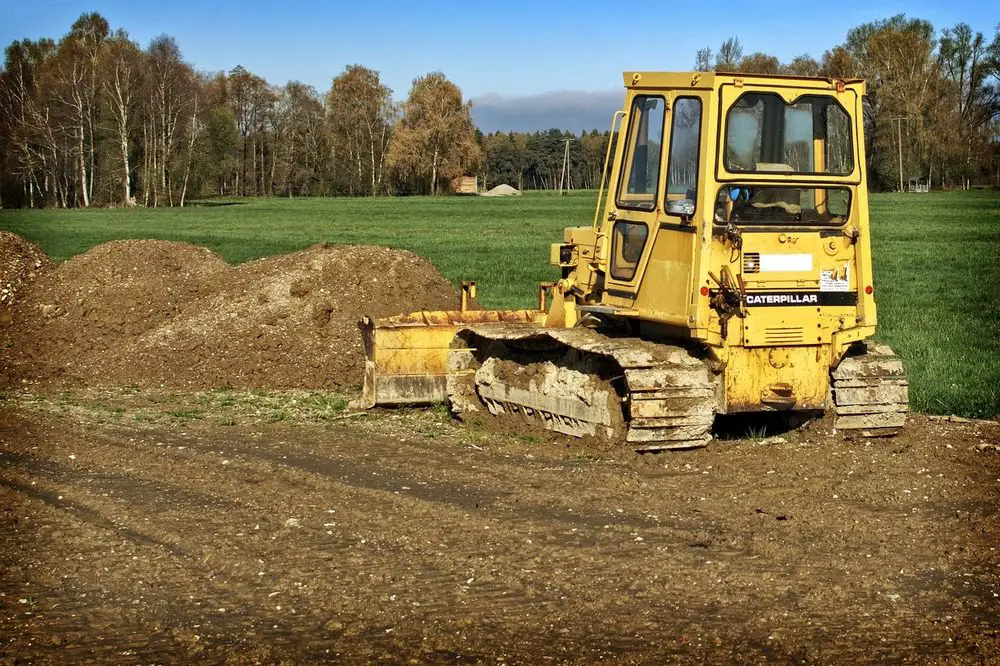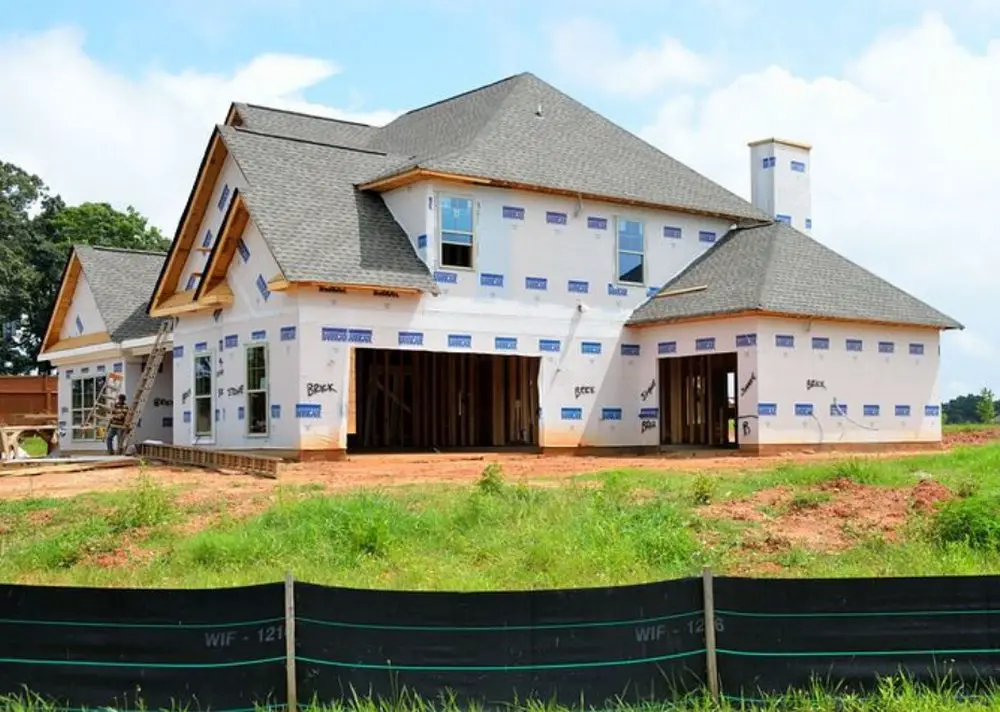When building a new home, there are a number of factors that need to be taken into account. First, you have to choose the location where you want to develop. The next step in home construction is site preparation after the chosen location, and the plans have been approved.
In order to initiate a construction project, a sequence of steps must be carried out. Subsequent steps are contingent upon the successful completion of prior steps. These steps, if executed properly, will ensure the success of the home-building endeavor. Construction processes run more smoothly when site preparation is done correctly. By doing so, many future issues will be avoided as a result.
When it comes to preparing for a new home, first-time home builders may find that the process is stressful. Having a contractor you can trust to explain the process, including inspections, dewatering and pumping, and proper grading, is essential. Let’s take a closer look at the site preparation process for your new home.
Contents
Why Site Preparation Is Crucial to a Successful Build
Site preparation is an essential aspect of any construction project. Larger projects, such as building a new home or office, require more planning. Debris is usually cleared from the site, the land is graded, and the ground is leveled.
There are several reasons why site preparation is important:
- Ensures the safety of personnel and equipment.
- Reduces the potential for accidents and delays.
- Helps identify any potential problems before construction begins.
- Allows for proper drainage and erosion control.
- Ensures that the area is ready for construction to begin.
Site Preparation Stages
Regardless of the size of your construction project, site preparation is essential.
Rough Staking
During rough staking, you determine the exact boundaries of the foundation and structures by setting up a perimeter around the site. The dimensions can be measured out from the blueprints and building plans yourself if you want to save money on your project. In addition to saving you money with hired construction, you will know exactly what you need beforehand.
Rough staking is essential if your site requires grading, excavation, or dirt work. It also helps you decide on trees that need to be cut down as part of the project. A structure’s precise boundaries will allow you to see what areas need to be taken care of inside and outside of it.
Site Clearing
Clearing the lot is an essential part of the process during the site preparation work for new home construction. After rough stakes have been placed on your property, it’s time to address any obstacles. A tree or a tree root can be a hindrance, as well as any vegetation that could block the way.
These objects are usually cleared out of the way with large machines. Following the clearing of these structures, the next issue to address is what to do with the debris that has been left behind. You may have a variety of options available to you depending on what you have cleared.
The debris could be transformed into firewood if most of it were trees. If you have a permit for a controlled burn, you may also burn the trash. After the waste has decayed, burying it is also an option, but the ground may collapse or settle. Alternatively, you can have someone remove the debris for you.
Site Surveying
An assessment of the land will be conducted by the construction team in order to determine the best layout for the construction site. For zoning and permitting purposes, site surveys are essential. Buildings and structures should be placed logically, and utilities should be connected to the site in an efficient manner.
Soil Testing
The soil will be tested and classified by the construction team. This information is vital to determine what type of foundation will be needed for the project. Boreholes and pits are usually used for soil testing to determine the soil’s quality. A laboratory then carries out an analysis of the sample once it has been collected.
Site Plan Design
The next step in site preparation is site planning, which follows soil testing and septic tank installation. Plumbing systems, pipes, and other fixtures must be carefully planned to construct a smooth building. Conditions like rock formations can influence the underground environment, so it is important to understand how it works. To begin construction efficiently, a site plan must be prepared.
Site Investigation
As part of this step, the proposed site’s rock, soil, and groundwater conditions are assessed. A comprehensive site investigation is essential for determining the suitability of a site for construction. This involves collecting and analyzing a wide range of data pertaining to the site’s geology, soil composition, hydrogeology, groundwater flow, and other relevant factors.
Using this data, inspectors can estimate the costs of construction, identify the most appropriate building methods, and assess the potential for any risks associated with the project. Site investigations may also include the analysis of historical documents and the review of existing infrastructure in order to determine the necessary steps for project success.
Through a thorough site investigation, the inspector can provide a comprehensive evaluation of the site and its capacity for the proposed construction.
Excavation
Excavation will be necessary if your home has a basement. It’s an exciting process that can open up so many possibilities for your space. From additional bedrooms to home offices, basements can become whatever you can dream up.
With the right planning and careful execution, you’ll be able to transform your basement into a luxurious living space or a place to entertain friends. And by excavating, you’ll be able to make sure that the space is solid and structurally sound before you start building.
It’s a worthwhile process that can really bring your home to the next level! In almost every case, a ramp is created to give the bucket dozer access to the basement site while excavation is taking place.
Site Grading
Generally speaking, grading refers to the sloping of the ground around your house and the leveling of the land itself. Grades are accurate and detailed, but rough grades are the rough draft of the final grades.
Grading is a great way to make sure that your house is set up to have a natural drainage system that keeps water out of the house. Assume site preparation did not consider grading and your home lacks a sloping adequate for egress. Over time, water collection and seepage will cause issues with your home and foundation.
Grading your structure well will ensure that it can withstand rainfall over time without risking any catastrophic damages that could harm your investment in the long run.
Water Runoff Control
During site preparation, mud is created in large quantities. Mud runoff from your construction site should not end up on surrounding properties, streets, or sidewalks. For this reason, fence barriers must be set up to protect the surrounding sites from damage.
The dewatering and pumping process ensures that your site is safe, secure, and solid enough to support project traffic. This is done through the removal of excess groundwater and the pumping of that water away from the site. This process is key to avoid potential damage to the site, as well as to ensure the safety and security of the people working on the project.
Additionally, the dewatering and pumping process helps to create a solid foundation, providing the necessary support for the project. Without this process, there is a risk of the project being delayed and compromised due to the instability of the land. Therefore, it is essential to perform the dewatering and pumping process properly in order to guarantee the successful completion of your new home.
Endnote
If you are building a custom home for the first time, there are many aspects of the process to consider. Before seeing physical progress on your home, you and your team must prepare the site. With this information, you will better understand how your home site is being readied to house your new home.



